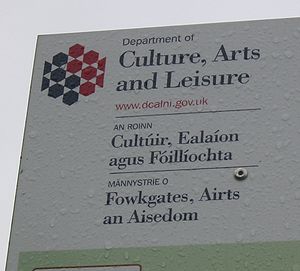Sir Cornelius Vermuyden was a brilliant Dutch engineer who introduced some of the very first land reclamation methods to England. He was one of the most talented Dutch waterway and drainage engineers and made groundbreaking attempts to drain The Fens of East Anglia. Through his work he reclaimed many tens of thousands of acres for new development.

Cornelius was born in 1595 on the Isle of Tholen in the Netherlands. He was the son of Giles Vermuyden and Sarah Werkendet. As a young man, he completed his training in the Netherlands before briefly working in England on embankments in the Thames Estuary. He spent time repairing a sea wall at Dagenham and then moved on to Essex where he worked on reclaiming Canvey Island in a venture financed Dutch haberdasher Joas Croppenburg.
Through these various ventures and some subsequent work at Windsor, Cornelius caught the attention of King Charles I. The English King commissioned him with the task of draining Hatfield Chase in the Isle of Axholme, Lincolnshire. The King owned a number of manors in the region, and offered Vermuyden one third of the drained land as payment for his work. In order to finance the venture, Vermuyden sold shares to his land, bringing in a number of Dutch, French and Walloon investors.
As the King also intended to enclose a full third of the common fen for his personal use, the local population was left with a mere third. Locals were enraged, and though they didn’t particularly care about the drainage attempts, they were unhappy about losing much of the common land. They made their displeasure apparent by attacking the Dutch workers. In 1630, an agreement was finally reached, the Fenmen were compensated for their losses, and work proceeded. The project was completed in 1637, though other engineers objected that the system was inadequate for proper drainage.
Nonetheless, Vermuyden was knighted for his efforts and he became a full-fledged British citizen.
He soon became involved with lead mining ventures in Derbyshire, and with an effort to make the county’s River Derwent navigable. In the 1650s Vermuyden got involved in the efforts to drain the Great Fen in Cambridgeshire and Norfolk. The marshland was inadequately drained by a mess of poorly maintained rivers. Attempts had been made to solve the problem, but the work did not really begin in earnest until Vermuyden got involved. He proposed two innovative solutions: washes to catch floodwater in bad weather, and a catch drain around the eastern edge of the fen. The first solution was completed in the 1650s; however, the second phase was not put in place until the 20th century.
When the Civil War broke out in the 1640s, much of Vermuyden’s work was destroyed. Parliament ordered the dykes broken in order to flood the land and stop the Royalist advance. Once the war was over, Vermuyden was commissioned to reclaim the Bedford Level. Over 40,000 acres were drained and the New Bedford River was flowing.
Cornelius Vermuyden passed away on October 11, 1677.







